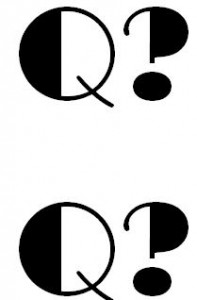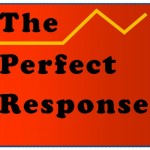The ubiquitous conference call now routinely competes with other tasks: texting, cleaning out the inbox of our e-mail, checking online for some piece of ephemera, or counting the minutes until we can leave.
I have a good friend who flies a lot for work. He regularly commutes to the West Coast, Asia and Europe to meet with clients and other members of his firm. By all accounts, he’s very good at what he does. Even so, on those rare occasions when he momentarily alights in our part of the country, I find myself invariably asking him if he could save a lot of wear and tear by skyping or relying on the standard business tool of the conference call. He usually gives me a half-smile, once asking what I do when I’ve got time on my hands in a meeting that requires listening to disembodied voice through a box.
The truthful answer for me and probably most others huddled around a phone in a conference room is that we go into the human equivalent of a device’s airplane mode. We’re not really connecting. And most of us are probably not ready to play our “A” game. The person on the other end of the conversation is there but also not there. We hear them, but reacting to them is awkward. There is always a sense that the vital rhythms of listening and responding to the unseen person are irretrievably crippled. As my colleagues might say, there is no true synchronicity. Moreover, most of us are now so device-dependant that an extended conversation with the unseen is an open invitation to move on to other tasks: cleaning out the inbox of our e-mail, sending texts, or counting the minutes until we can leave.
Of course the price to pay for being in the same space is not always a picnic. Meeting face to face with an angry clients is taxing. And the logistics of flying long distance are now something to be endured. Crowds, connections and airline schedules have become mazes that can require more energy than the business reasons for the trip. Even so, my friend regularly endures a juggernaut of 8-hour flights and airport transfers to meet in person with clients and co-workers. He seems confident that he can bind those individuals to his agenda much more completely than would be the case if he relied on e-mails or conference calls.
Separated from those we want to reach, we begin to lose the incentive to transcend differences and work through difficult obstacles.
 For all of the effort of being in the same space, what is gained? Any answer includes the obvious and the subtle. It’s clearly evident that we pick up a lot of meaning from body language, especially (but not only) the face. As has been said many times in these pages, eye contact matters. It gives us clues to the state of mind of the person we are trying to engage. Moreover, being within four feet of a person we want to influence means they will have an obligation for attention that is usually lost in distant connections. Attention adds energy to the exchange. Throw in the additional advantage of the obligation to actually listen, and the miasma of organizational sleepwalking that characterizes some conference calls can be defeated. My experience is that this ersatz format allows attention to fall to perhaps just one-half of what it could be. Separated from our interlocutor, we begin to lose the incentive to work through difficult obstacles.
For all of the effort of being in the same space, what is gained? Any answer includes the obvious and the subtle. It’s clearly evident that we pick up a lot of meaning from body language, especially (but not only) the face. As has been said many times in these pages, eye contact matters. It gives us clues to the state of mind of the person we are trying to engage. Moreover, being within four feet of a person we want to influence means they will have an obligation for attention that is usually lost in distant connections. Attention adds energy to the exchange. Throw in the additional advantage of the obligation to actually listen, and the miasma of organizational sleepwalking that characterizes some conference calls can be defeated. My experience is that this ersatz format allows attention to fall to perhaps just one-half of what it could be. Separated from our interlocutor, we begin to lose the incentive to work through difficult obstacles.
Skype or some version of it is an improvement. And there is every reason to celebrate the family and personal connections it can help maintain. But in organizations where personal appearance and presentational skills count much more, making an impression at a distance is difficult.
In addition, knowing that oneself is on camera carries its own distractions. Self-presentation to a camera is restricting and unnatural. It’s more or less like holding up a mirror to ourselves as we speak. And most of us will do better not studying ourselves while we try to brainstorm ways to save the world.
Comments: Woodward@tcnj.edu

